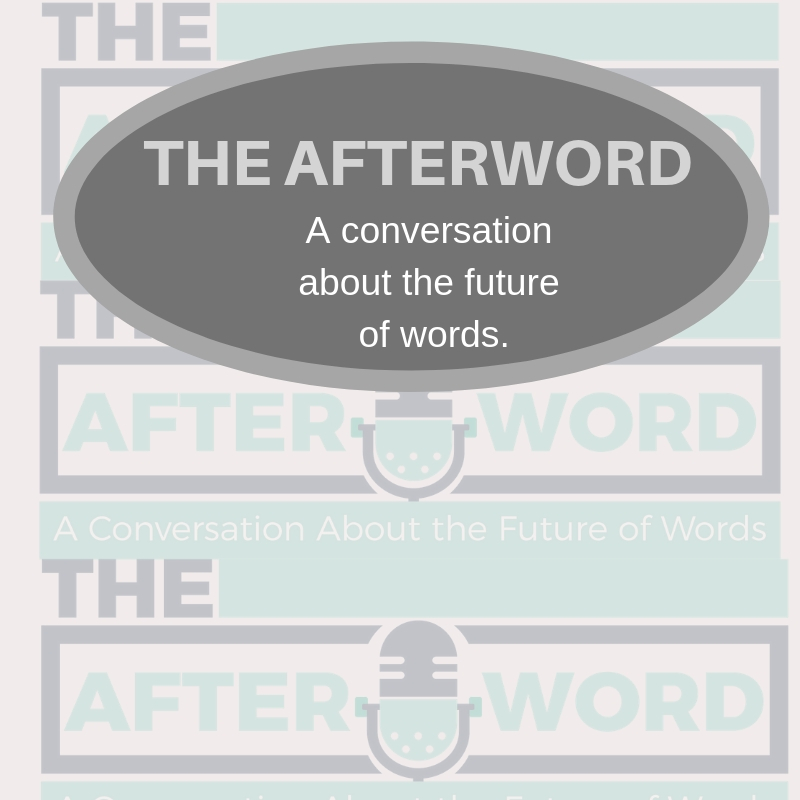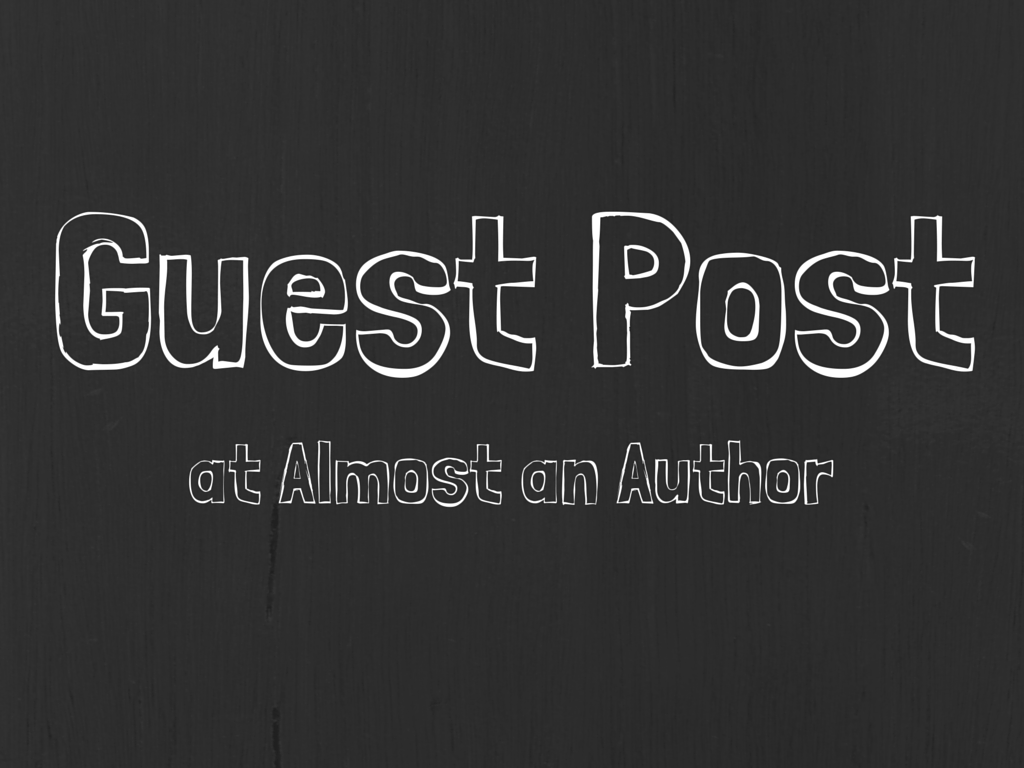
Your Family, Your Story: Why Genealogy Holds a Key to the Future of Stories
Romance. Suspense. Adventure. Great stories lie buried in your family’s past. Genealogy is the second-most popular hobby in America. How…
May 10, 2019
Romance. Suspense. Adventure. Great stories lie buried in your family’s past. Genealogy is the second-most popular hobby in America. How…
May 10, 2019
Writing a book is a process. It began as a school assignment for my granddaughter when she was in…
September 17, 2018
We all make sacrifices every day. Every time you chose something, you sacrifice the other option. But some sacrifices…
June 3, 2017
[vc_row][vc_column][vc_column_text]The steamer which crossed the Pacific from Yokohama to San Francisco made a direct connection with that from Hong…
May 20, 2017
[vc_row][vc_column][vc_column_text]The steamer which crossed the Pacific from Yokohama to San Francisco made a direct connection with that from Hong…
May 1, 2017
[vc_row][vc_column][vc_column_text]The steamer which crossed the Pacific from Yokohama to San Francisco made a direct connection with that from Hong…
April 5, 2017
[vc_row][vc_column][vc_column_text]The steamer which crossed the Pacific from Yokohama to San Francisco made a direct connection with that from Hong…
March 1, 2017
[vc_row][vc_column][vc_column_text]The steamer which crossed the Pacific from Yokohama to San Francisco made a direct connection with that from Hong…
February 14, 2017
[vc_row][vc_column][vc_column_text]The steamer which crossed the Pacific from Yokohama to San Francisco made a direct connection with that from Hong…
January 4, 2017